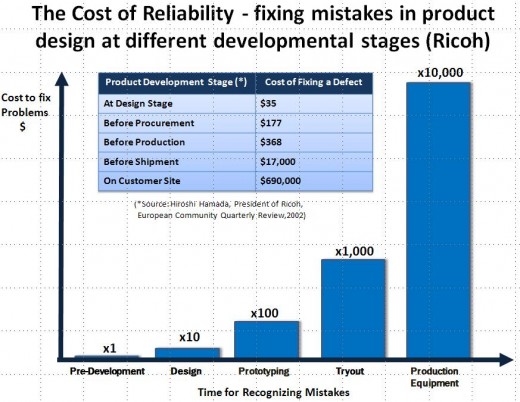“Authorities in the US have instructed Sony to conduct a recall of its Vaio laptops, after problems with overheating were reported.” started this article on the BBC’s web site.
There is a saying, ” the news is never as good or as bad as it is first reported”. And so it is with this story. It’s not a product recall, as the story later goes on to explain, but what grabbed my attention was that the problem can be cured by an on-line firmware update. In my view that means it’s not a thermal problem at all. Rather it’s essentially a software fault of some sort that’s causing some part of the system to pull a lot more power than it was expected to during design, or needs to for the laptop to function normally.
One of the challenges when doing the thermal design of a laptop or a smart phone is knowing what powers to design to, as power consumption is a function of the use profile. Watching a DVD or gaming tends to thrash the graphics card pretty hard. Running a CFD solver like FloTHERM of FloEFD tends to thrash the CPU. How about both at the same time? Should this be considered when designing the system? Similarly how about surfing the web on a smart phone while downloading a few dozen picture messages?
A lot of thought goes into this and companies like Sony use Mentor’s thermal design software to help them manage the trade-off between product performance and the cost, weight, size and battery life issues related to the cooling system. However, there are still a lot of companies out there that trust to luck during design and rely on physical prototyping to resolve any (presumably unexpected) thermal problems post-design.
Whereas the cost of fixing problems during physical prototyping pale into insignificance when compared to the costs of a product recall, it’s still orders of magnitude higher than if the problem was found and fixed during design. See for example the next graph that comes from Ricoh.

Cost of Fixing Defects at Different Stages of the Design Cycle
If you’re interested in finding out how Mentor’s thermal design software can help you to reduce design and prototyping costs and get products to market faster, take a look at this white paper.
Dr J, Hampton Court










